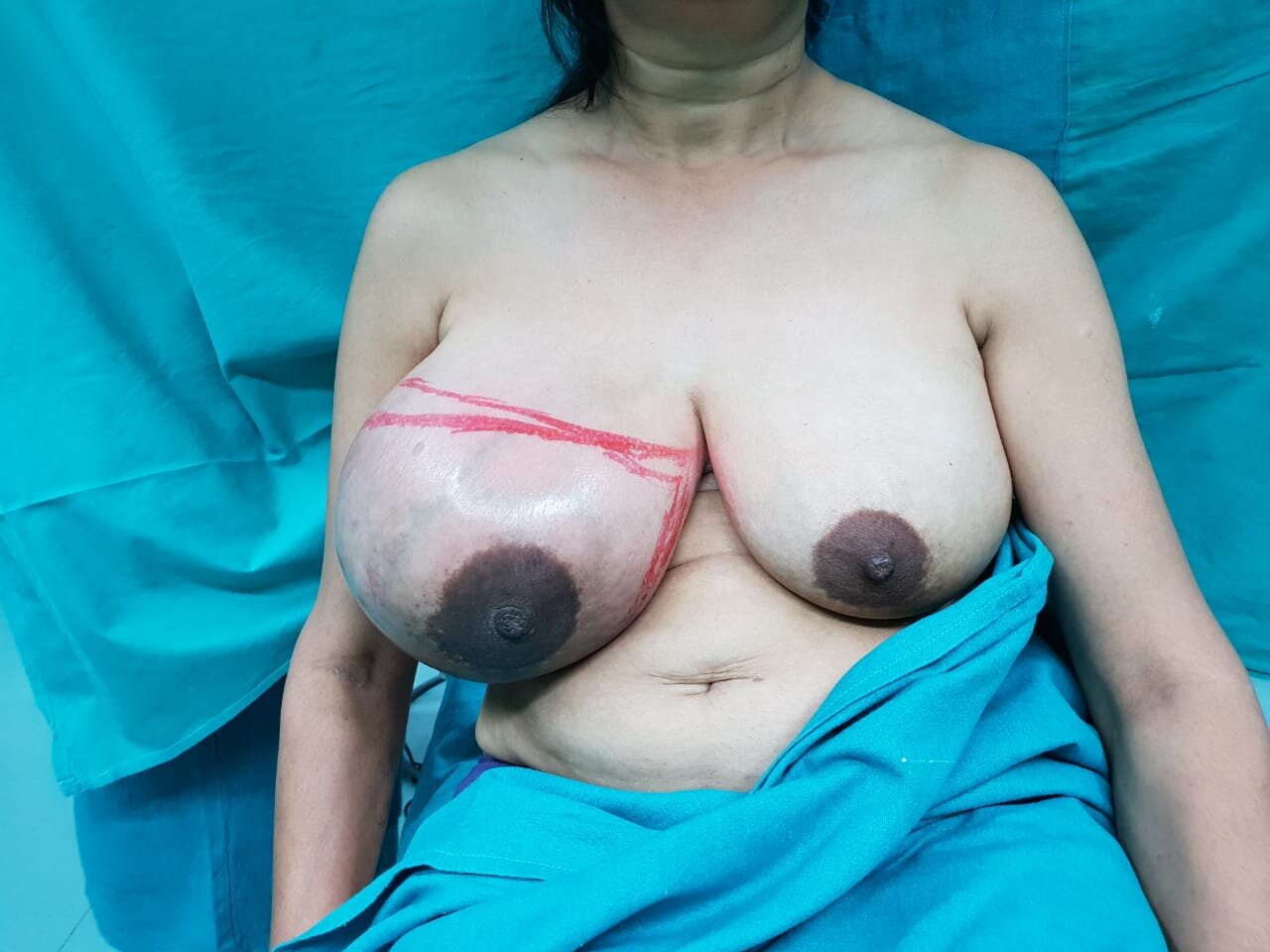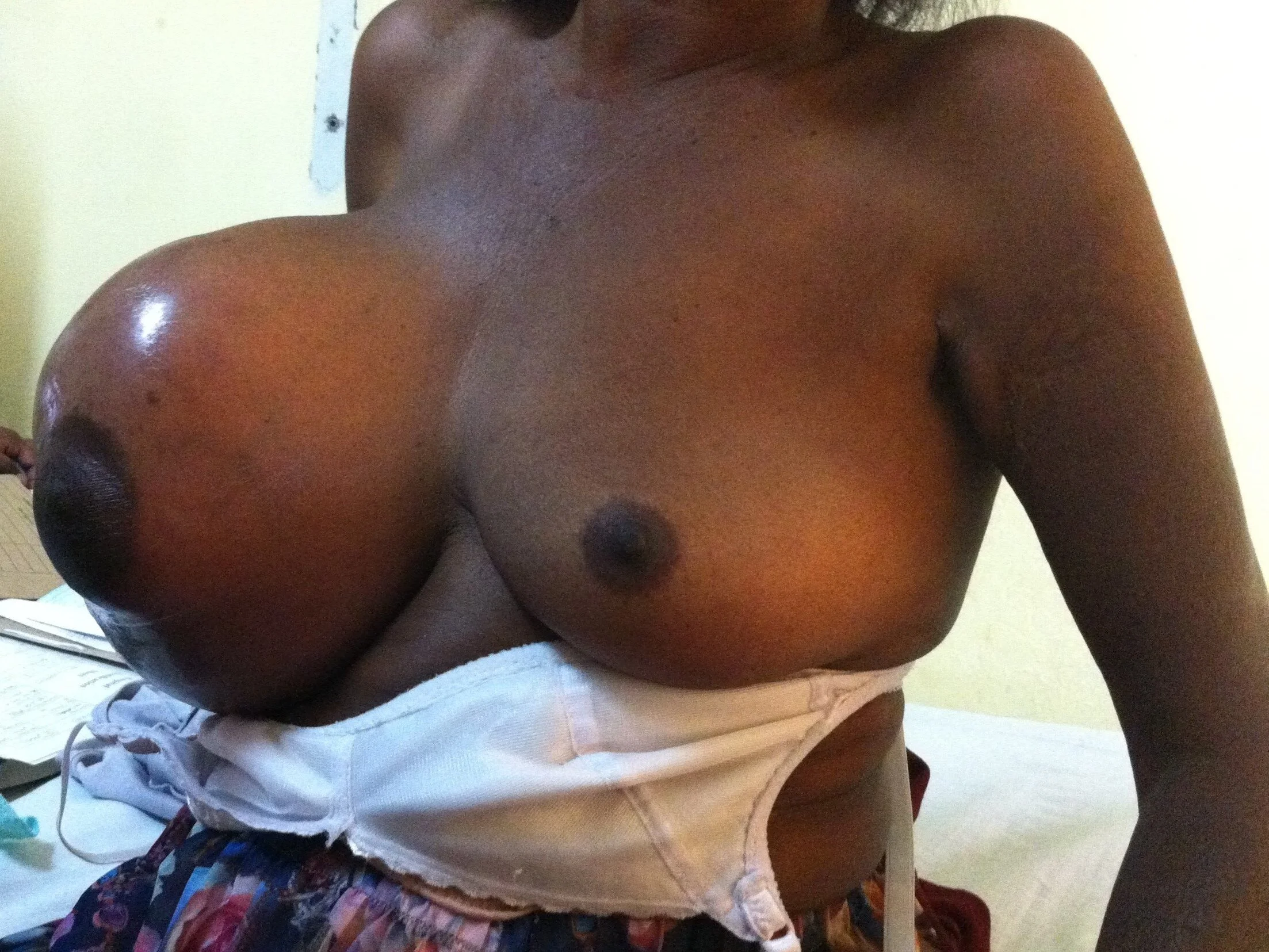Fibroadenoma
Fibroadenomas are solid benign (noncancerous) breast tumors that are common in young women. They can increase in size during pregnancy and breastfeeding.
How are fibroadenomas diagnosed?
If you find a lump in your breast, you should consult with a doctor. The following tests may be performed:
Clinical breast exam
Mammogram
Ultrasound
Fine needle aspiration (FNA) or Core needle biopsy
Pathology report from the FNA or core biopsy will confirm the diagnosis.
How a fibroadenoma looks on ultrasound scan
Fibroadenoma after operation
What is the treatment for fibroadenomas?
If fibroadenomas are large or are causing the patient concern, they may require surgical removal (excisional biopsy), but this is rare. Many fibroadenomas stop growing or shrink over time.
@@@@@@@@@@@@@
Phyllodes Tumors
Most Phyllodes tumors are benign, but 10 percent are malignant (cancerous). Cancerous Phyllodes tumors are an unusual presentation of breast cancer. These tumors are a form of sarcoma because they grow in the connective tissue of the breast, not in the ducts. This cancer is quite rare.
Phyllodes tumour
Phyllodes Tumour
What are the symptoms of Phyllodes tumors?
These tumors will usually present as a smooth lump felt beneath the skin. The breast may become red or warm to the touch. These tumors can grow very fast, so it is important to have them evaluated as soon as possible. Symptoms can also mimic those of other types of breast cancer.
How are Phyllodes tumors diagnosed?
Your doctor will take a detailed history from you and perform a clinic breast examination. You will then require some of these procedures to confirm the diagnosis:
Digital mammography
Ultrasound
MRI
Staging workup (for malignant tumors) - CT scans of chest/abdomen/pelvis
Core Biopsy
What is the treatment for Phyllodes tumors?
While the tumors are most often benign, it is still critical to remove the entire tumor. Even if one cell is left behind, it will grow back. Treatment involves excision of both the tumor and a wide margin of healthy tissue surrounding the tumor. For malignant (cancerous) tumors, depending on the stage and growth of the breast cancer, your physician may recommend a combination of any of the following:
Lumpectomy – When this procedure is performed, wider margins are usually taken since leaving any remnants of the tumor can cause it to regenerate.
Mastectomy
Radiation
Chemotherapy
What is the prognosis for Phyllodes tumors?
For women with a malignant Phyllodes tumor, the prognosis depends on size, prognostic factors and other information obtained from the pathology results. Your oncologist will review this information with you


